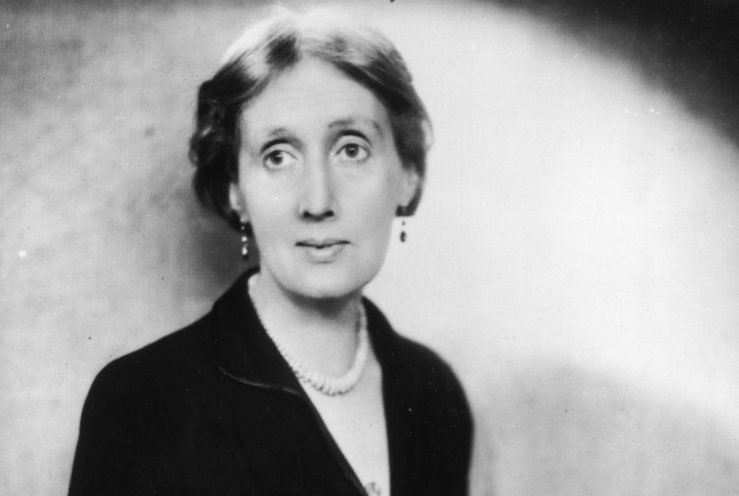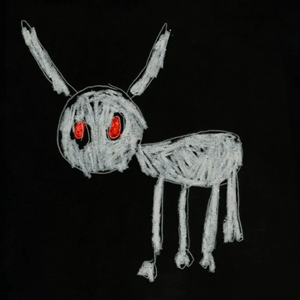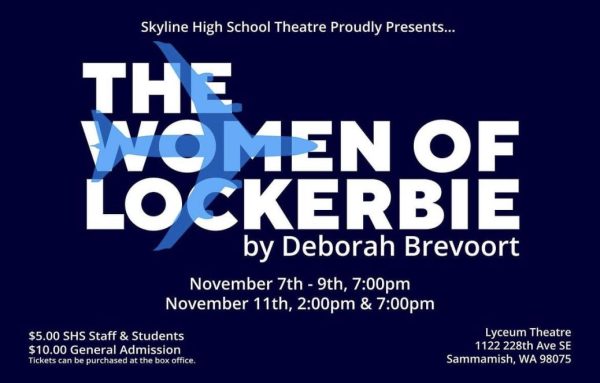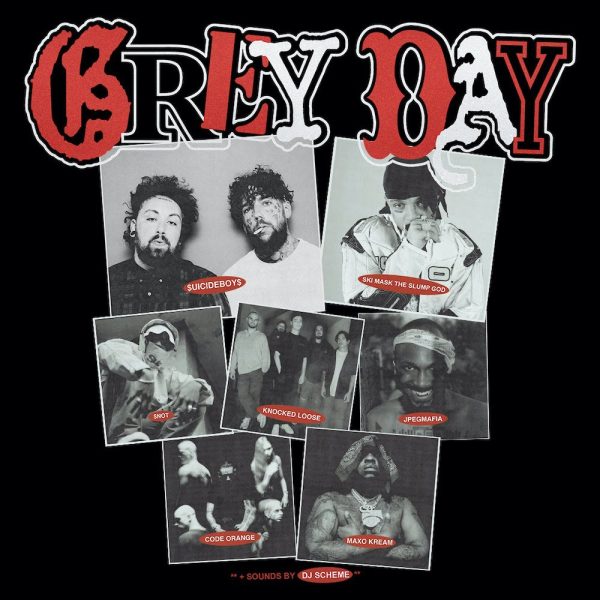Pandemic Brings New Meaning to an Old Novel
March 3, 2022
During the winter of their senior year, all IB English students at Skyline High School are required to take on the challenge of reading Virginia Woolf’s 1927 novel To The Lighthouse. Despite the novel being nearly 100 years old, due to current circumstances students are finding that once they get past the stylistic challenges, it holds a surprising amount of relevance in our modern-day world.
In the past, students have typically struggled with comprehending the nuanced and complex themes of Woolf’s novel. However, after spending a year in isolation due to the recent pandemic, students have found that they have been able to understand the characters and ideas to a much deeper level.
Nicole Wang, a senior at Skyline High School and an IB English student shares her experiences about the way her perception of time has changed since school was shut down because of COVID-19.
“With COVID-19 and online learning, everything seemed really monotonous,” Wang says. “Nothing to look forward to. I certainly feel like my high school years were cut short. When I returned to in-person learning, it feels like I was picking right back up from where I was sophomore year.”
In To The Lighthouse, Woolf spends a lot of time emphasizing the abstract nature of the passing of time and how it relates to each one of her protagonists as they experience love, friendship, and even the feelings of social isolation.
Christy Boas, an IB English teacher at Skyline, adds to Wang’s feelings about the impacts of isolation from COVID-19 quarantine.
“It’s because there’s that feeling of time is passing yet you’re still in the same space and you don’t feel like you’ve done anything,” Boas says.
Virginia Woolf was born in 1882 in Kensington, England. In 1914, when she was 32, the first world war broke out. Inevitably, Woolf suffered great trauma due to both the destruction from World War I and the death of her parents at a young age.
In To The Lighthouse, Woolf uses those experiences to be able to focus heavily on her characters’ second-by-second thoughts as they tackle the matters of love, life, death, and the passing of time. She teaches her audience that there is no way to escape the confines of the uncertainty of the future but also encourages readers to find beauty in that.
“But like a ghostly roll of drums remorselessly beat the measure of life, made one think of the destruction of the island and its engulfment in the sea, and warned her whose day had slipped past in one quick doing after another that it was all ephemeral as a rainbow” (Woolf, To The Lighthouse).
To the Lighthouse also deals heavily with the subjects of marriage and life after losing loved ones, both topics that don’t necessarily align with the experiences of most young teenagers. That–along with Woolf’s unique stream-of-consciousness writing style–can make it a particularly challenging novel to comprehend.
“[Woolf’s] writing style can make it difficult for students to connect with it,” Boas says. “The way she talks about time usually doesn’t make a lot of sense to us.”
Virginia Woolf was one of the first writers of her time to deal with the exploration and portrait of time in such a unique way, which is another reason why it can be challenging for many high school seniors to connect with her writing.
Wang continues to voice her agreement with Boas.
“There seems to be no end to the monotony of the first section [of the novel]. Everyone’s inner voices seemed to be endless…I pretty much zoned out.”
Despite this disconnect, students from Boas’s IB English class have found that the experience of an isolating event like COVID-19 has opened their eyes to a whole new meaning and understanding of the novel. In other words, enduring such an emotionally straining event has only opened their eyes to the historical context behind such an emotionally driven story.
“It was a completely different read than what I have read before,” Wang continues, “[I love] how Woolf goes deep into each of our thoughts and debates the meaning of life.”
Boas along with other IB English teachers encourage students to use these real-life experiences to try and find ways to connect with Woolf’s work.
“I think we can connect to the idea of time slowing down, or all of the sudden realizing ‘oh my gosh that whole semester is gone,’” Boas continues, “So I think there are both sides of the coin on [understanding that sense of time].”
Boas congratulates seniors on being able to find peace in such a powerful but difficult work, and she also gives some advice to students who may still be looking for that.
“When we look at books we like to connect to the plot,” Boas says. “But, if we can take a moment and look at the time she wrote and try and relate to the circumstances behind her writing, we can learn so much more.”












